St-Gervais-St-Protais (World War I)
St-Gervais-St-Protais (Première Guerre Mondiale)
Auteur inconnu
FRA
à proximité de Paris
Télécharge images...
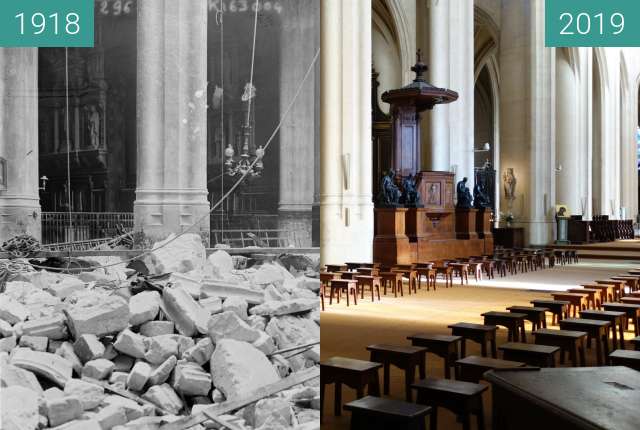

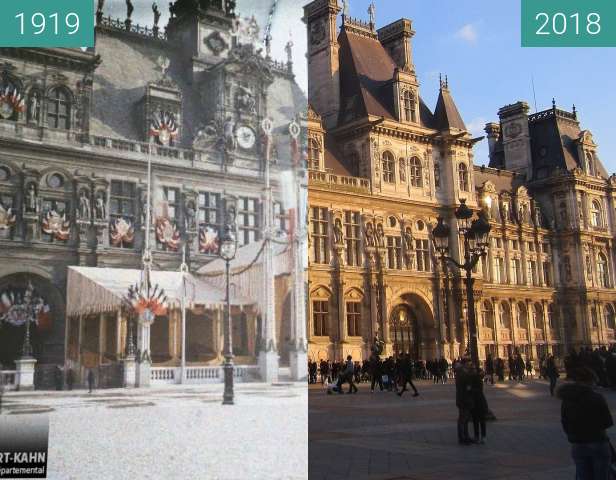
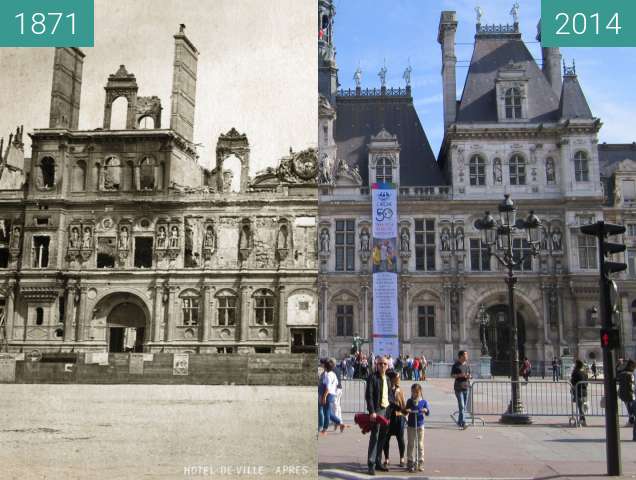
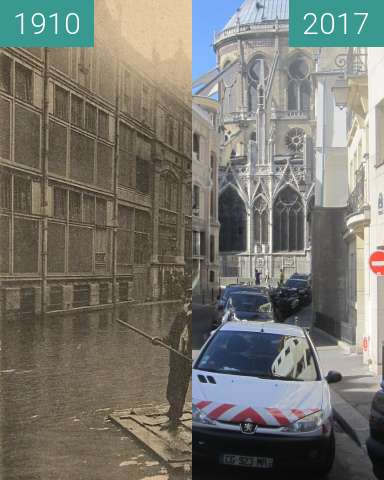
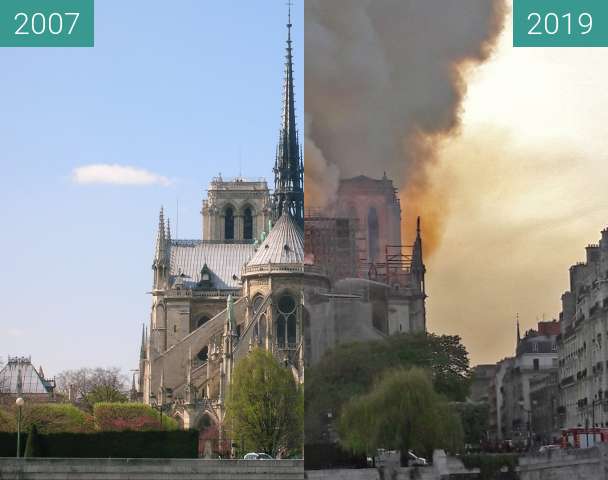
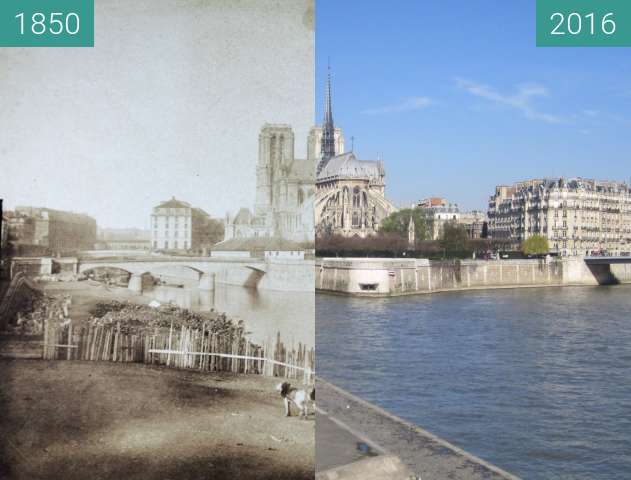
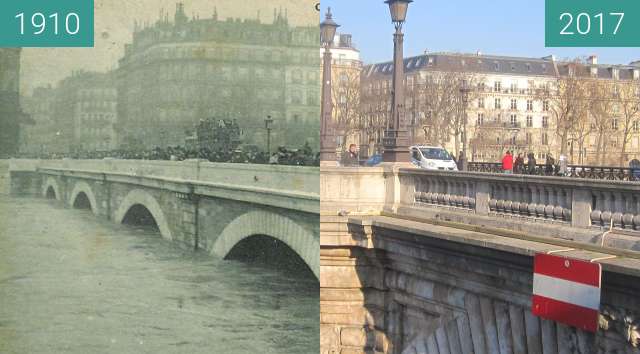
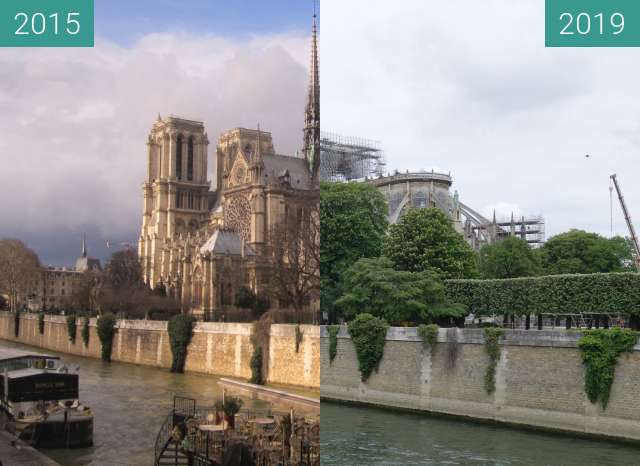
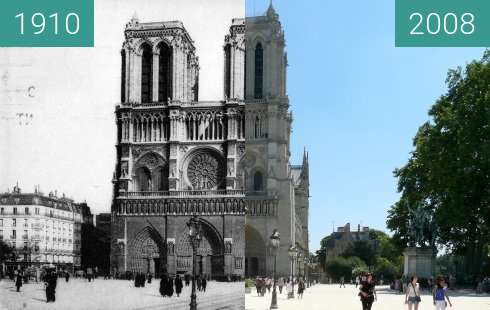
The Paris parish of Saint-Gervais-Saint-Protais after a bomb attack in the First World War. During the Good Friday service on March 29, 1918, the bullet of a German so-called "Paris Gun", from the enormous range of about 130 kilometers, hit the roof of the church building, causing the collapse of the vault. There were 88 dead and 68 wounded to complain.
For almost five months, the French capital was fired by 800 shells of up to three of these "Paris guns". However, because of their low precision, they were ineffective in military respect and only led to damages in the civilian population.
La paroisse parisienne de Saint-Gervais-Saint-Protais après un attentat à la bombe lors de la Première Guerre mondiale. Le 29 mars 1918, lors de la messe du vendredi saint, la balle d'un soi-disant "pistolet parisien" allemand, tirée d'une immense portée d'environ 130 kilomètres, atteignit le toit de l'église, provoquant l'effondrement de la chapelle. Il y avait 88 morts et 68 blessés à se plaindre.
Pendant près de cinq mois, la capitale française a été tirée par 800 obus de trois de ces "canons parisiens". Cependant, en raison de leur faible précision, ils étaient inefficaces du point de vue militaire et n’avaient causé que des dommages à la population civile.